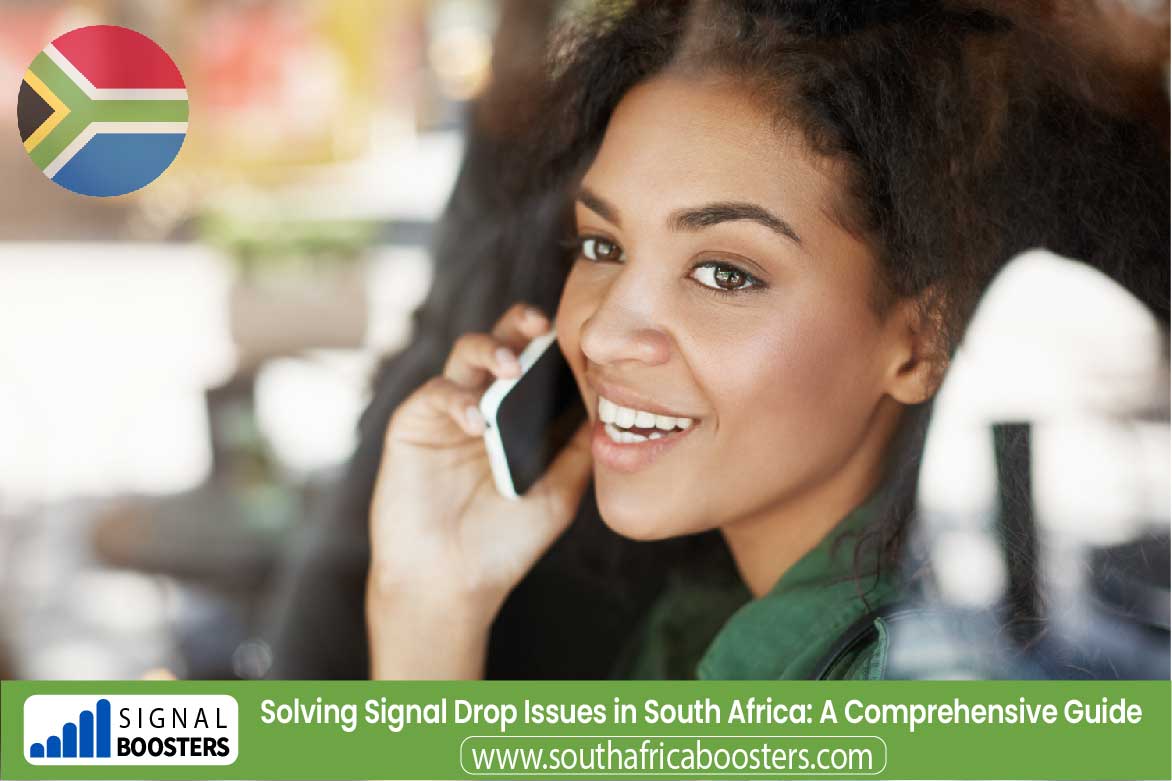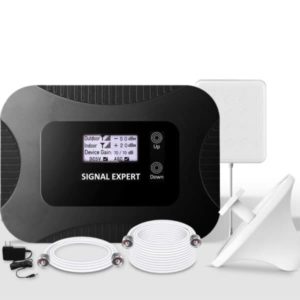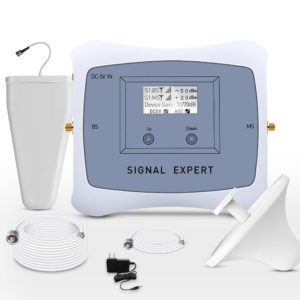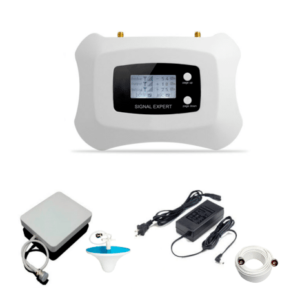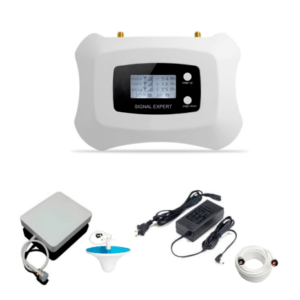How to Fix the Signal Drop Issues
Experiencing signal drop issues with your mobile phone in South Africa can be frustrating, especially when it affects call quality and data connectivity. In this comprehensive guide, we will explore the common causes of signal drop, discuss the major mobile carriers in South Africa, delve into the frequencies they use, and highlight the effective use of mobile signal boosters to enhance your connectivity.
Understanding Signal Drop Issues
Signal drop issues can be attributed to various factors, including distance from cell towers, obstacles like buildings and terrain, network congestion, and interference. Identifying the specific cause in your case is crucial for implementing effective solutions.
Major Mobile Carriers in South Africa
- Vodacom: Vodacom is one of the leading mobile carriers in South Africa, providing extensive coverage across the country. Their network operates on various frequency bands, including 900 MHz and 1800 MHz for 2G, 2100 MHz for 3G, and 1800 MHz for 4G LTE.
- MTN South Africa: MTN is another major player, offering widespread coverage. MTN’s network utilizes frequency bands such as 900 MHz and 1800 MHz for 2G, 2100 MHz for 3G, and 1800 MHz for 4G LTE.
- Cell C: Cell C is known for its competitive services, covering urban and rural areas. The carrier utilizes frequency bands like 900 MHz and 1800 MHz for 2G, 2100 MHz for 3G, and 1800 MHz for 4G LTE.
- Telkom Mobile: Telkom Mobile is expanding its presence, and its network uses frequency bands such as 1800 MHz for 2G, 2100 MHz for 3G, and 1800 MHz for 4G LTE.
Frequencies Used by South African Mobile Carriers
Understanding the frequencies used by carriers is crucial for selecting an appropriate mobile signal booster. Here are the key frequency bands used by major carriers in South Africa:
- 2G Networks: 900 MHz and 1800 MHz
- 3G Networks: 2100 MHz
- 4G LTE Networks: 1800 MHz, 2600 MHz, and 2300 MHz
Weather Conditions
Factors such as heavy rain, thunderstorms, or dense fog can attenuate signals. While mobile signal boosters can improve connectivity, users should also be aware that extreme weather may still impact overall network performance.
Power Cycling Devices
Power cycling (restarting) mobile devices to refresh network connections. This simple step can often resolve minor connectivity issues by reconnecting to the nearest cell tower.
Carrier-Specific Troubleshooting
Each carrier may have unique features or settings that can affect signal strength. Encourage users to reach out to their carrier’s customer support for carrier-specific guidance.
Mobile Apps for Signal Measurement
You can download apps that provide real-time information about the signal status in their location. This can help in identifying areas with weak signals and assist in optimal booster placement.
Signal Boosters for Different Environments
Mobile signal boosters come in various types suitable for different environments. There are boosters designed for homes, offices, vehicles, and even outdoor settings. Choosing the right type based on the specific environment will maximize the effectiveness of the booster.
Legal Considerations
In some regions, there may be regulations or restrictions on the use of certain types of signal boosters. Encourage users to verify compliance with local laws and regulations.
Ongoing Monitoring
Periodically monitor their signal strength, especially if they experience frequent drops. This proactive approach allows them to address any emerging issues promptly, ensuring a consistent and reliable connection.
Alternative Connectivity Solutions
Alternative connectivity solutions can be used for remote or rural areas where traditional mobile signals might be weak. Satellite internet or fixed wireless solutions could be viable alternatives for users facing persistent signal challenges in these areas.
Common Solutions to Signal Drop Issues
- Check Network Coverage Maps: Most carriers provide coverage maps on their websites. Verify the coverage in your area to identify potential signal issues.
- Update Your Device: Ensure your mobile device’s software is up to date. Software updates often include improvements to network connectivity.
- Network Settings: Check your phone’s network settings. Ensure that it is not in Airplane Mode, and data roaming is enabled if you are in an area with weak or no coverage.
- Use Wi-Fi Calling: If available, use Wi-Fi calling as an alternative when cellular signal is weak.
Use Mobile Signal Boosters
Mobile signal boosters, also known as signal repeaters or amplifiers, can effectively address signal drop issues by amplifying and improving the existing signal. Consider the following when choosing and using a mobile signal booster:
- Carrier Compatibility: Select a booster compatible with the frequencies used by your specific carrier (Vodacom, MTN, Cell C, Telkom Mobile).
- Coverage Area: Choose a booster that suits the size of the area you want to cover, whether it’s a home, office, or vehicle.
- Installation: Follow the manufacturer’s instructions for proper installation. Position the outdoor antenna in an area with the best available signal.
- Antenna Type: Directional antennas, such as yagi antennas, can be beneficial for targeting specific towers and optimizing signal reception.
Conclusion
Addressing signal drop issues in South Africa involves understanding the carriers, frequencies, and potential causes of weak signals. By implementing the tips mentioned and considering the use of mobile signal boosters, you can significantly improve your mobile connectivity, ensuring more reliable calls and faster data speeds. Choose a solution that aligns with your specific carrier and location to enjoy a seamless mobile experience in South Africa.


